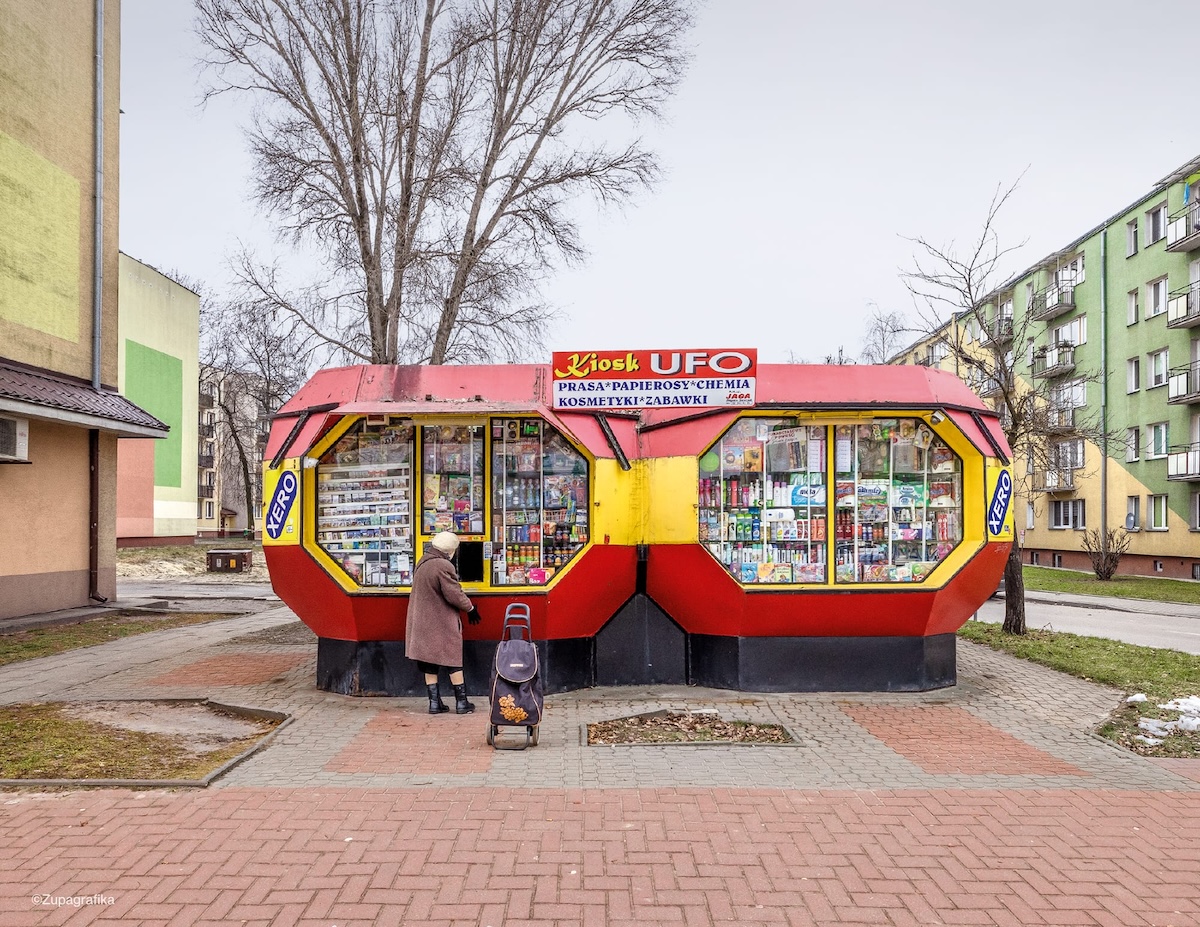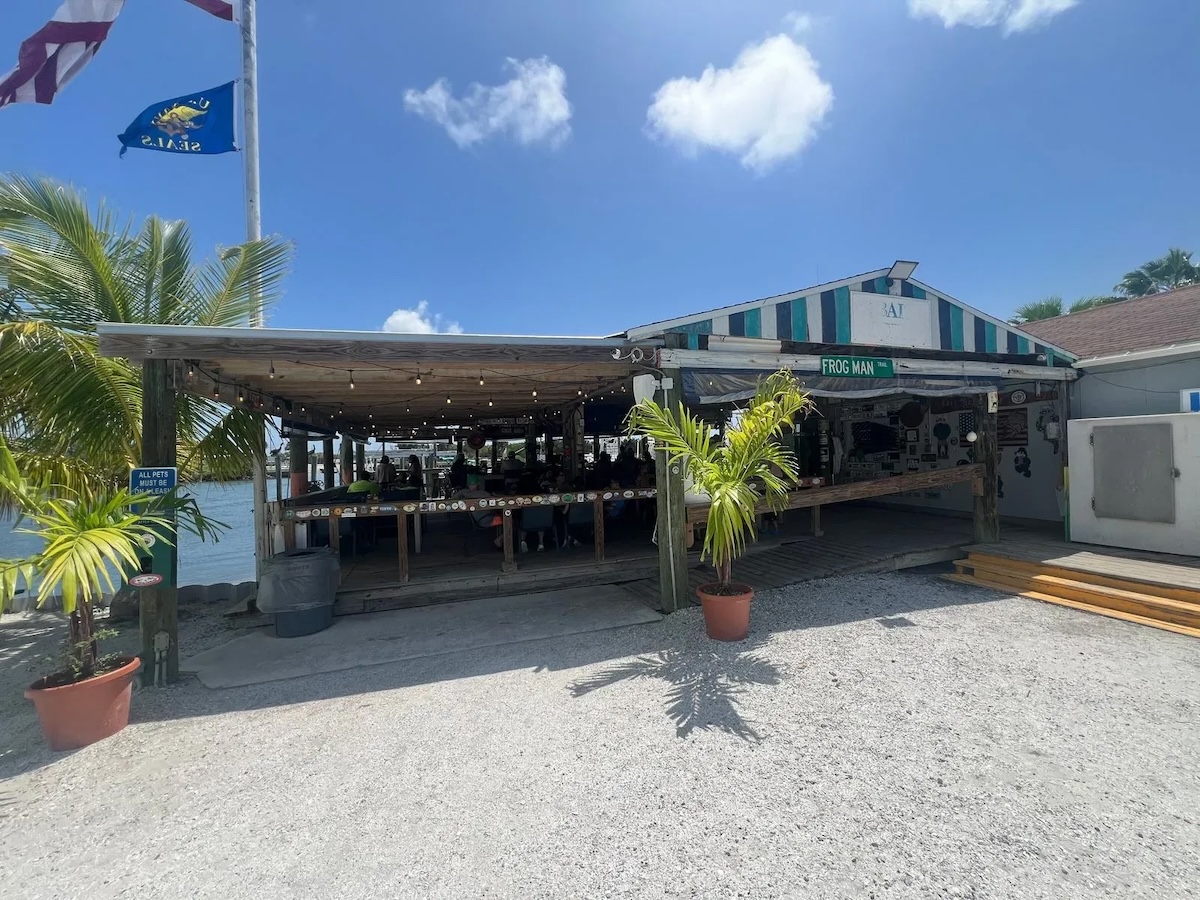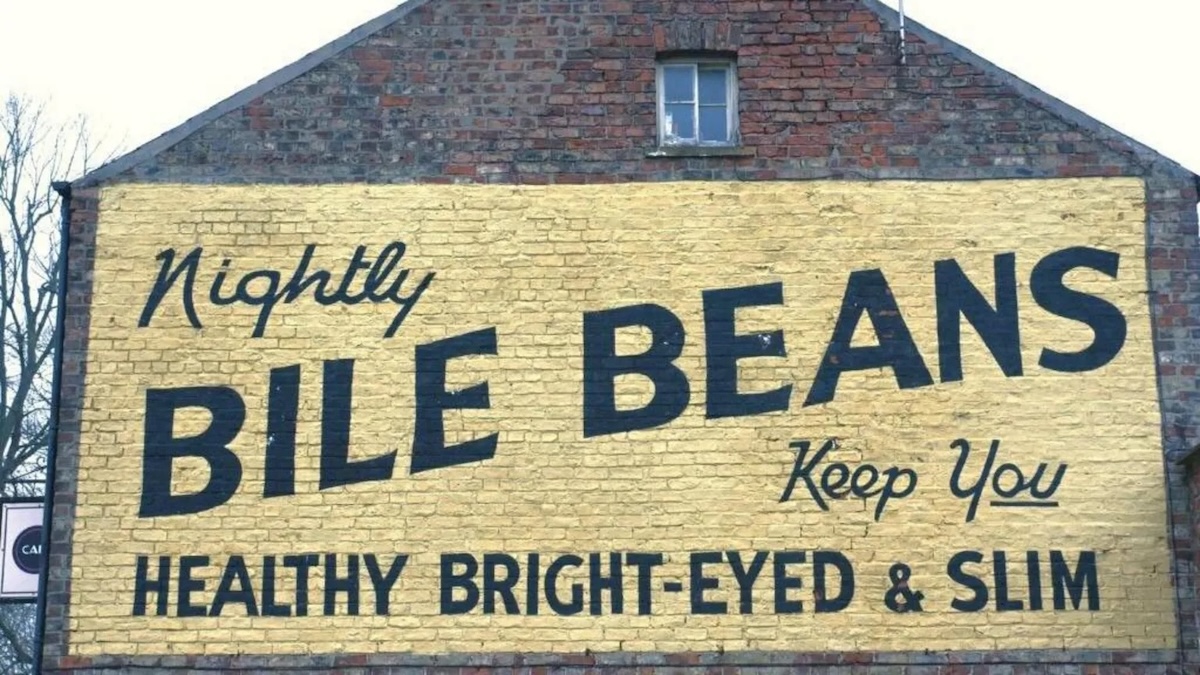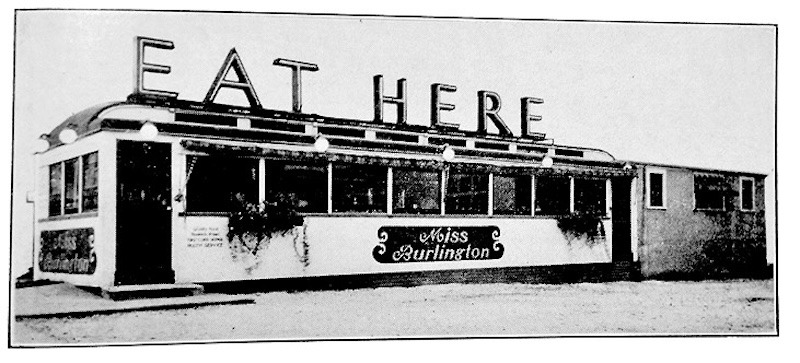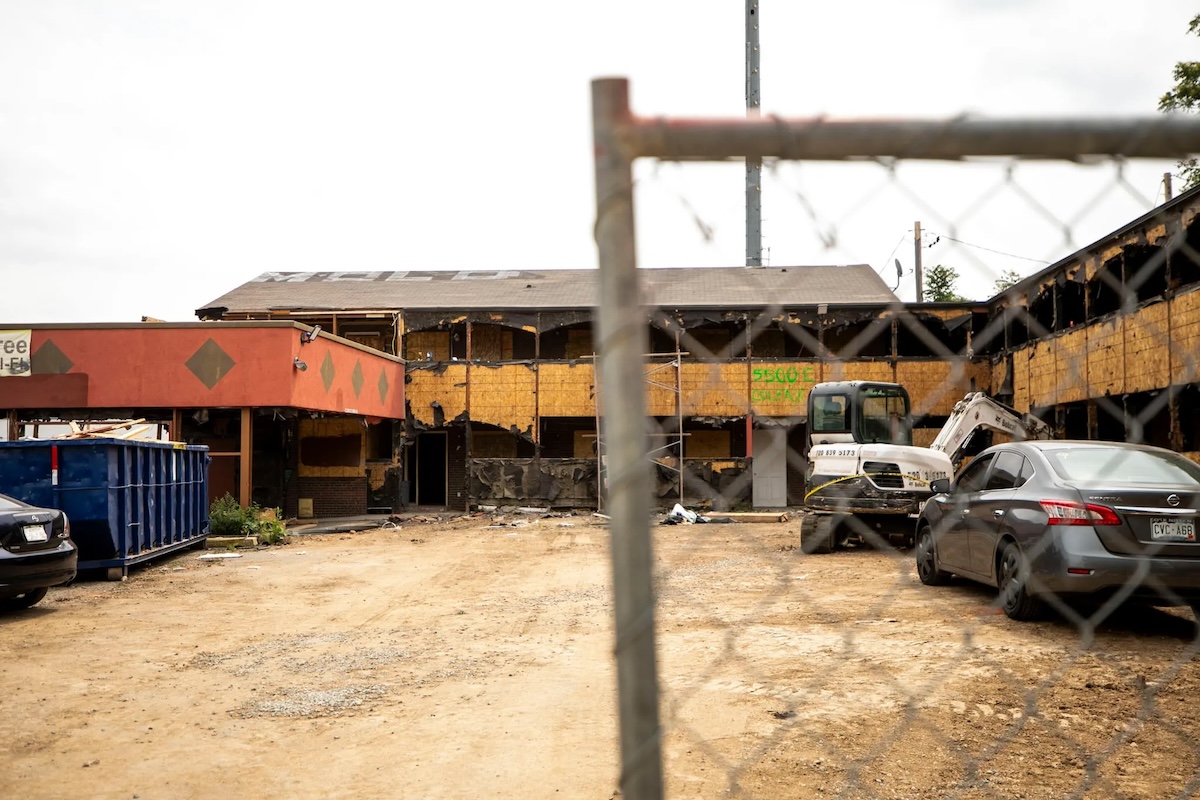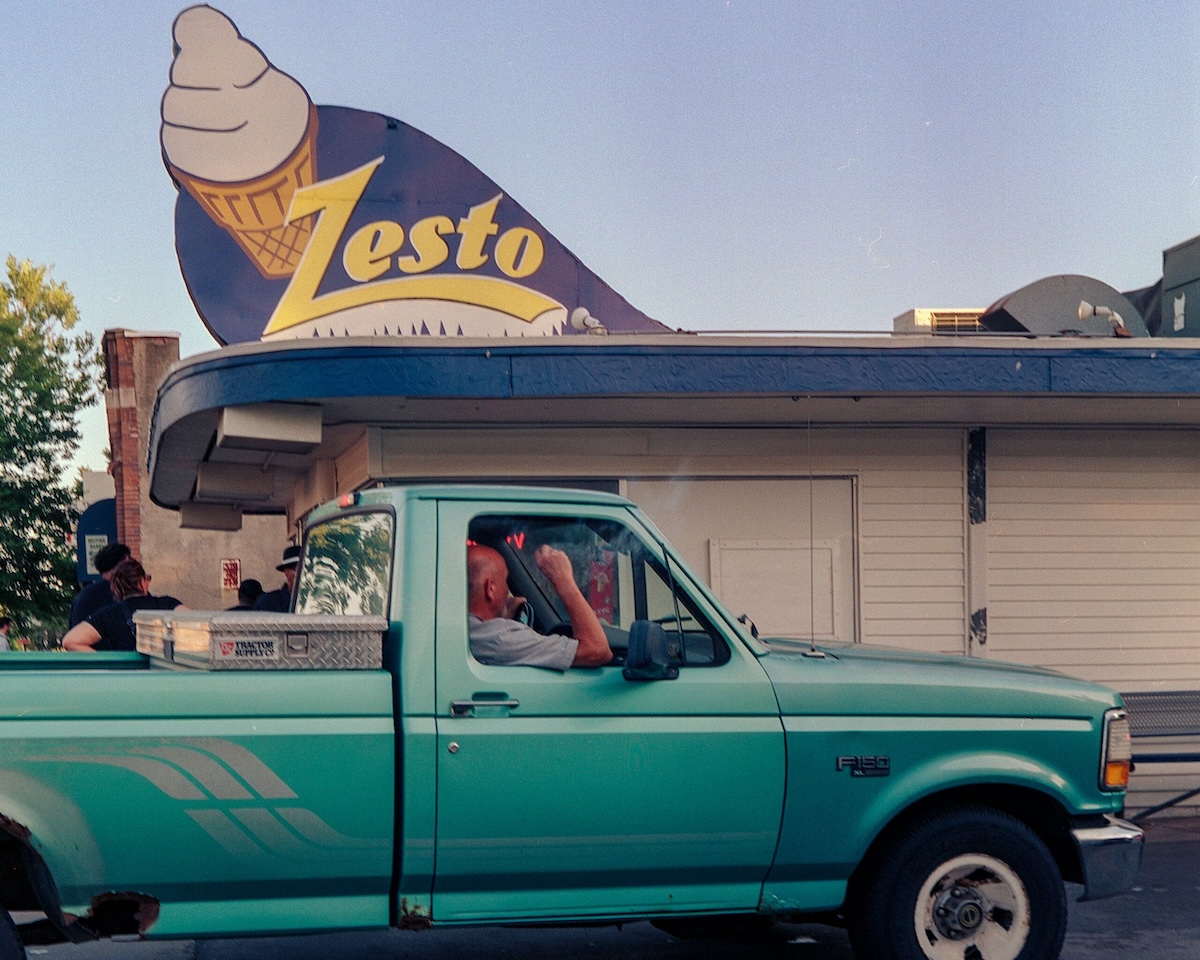In ‘Kiosk,’ Visit the Tiny Disappearing Urban Shops of Eastern Europe
UFO, a two-module ‘Bathyscaphe’ in Biała Podlaska, Poland. Image © David Navarro and Martyna Sobecka, courtesy of Zupagrafika, shared with permission
From Colossal: If you were born in the past three or four decades, you may not remember much about the former Eastern Bloc, a group of countries aligned politically and economically with the Soviet Union, or USSR, from 1945 to 1991. The coalition was characterized by its alignment with the communist ideology of Marxism–Leninism, rather than the capitalist structure of the Western Bloc, or countries that aligned with the United States.
In the late 1980s, the USSR loosened its yoke on the Eastern Bloc, spurring revolutionary democratic action, and in 1989, the momentous and symbolic destruction of the Berlin Wall. By 1991, Communist rule was overthrown in Europe.
During the second half of the 20th century, socialist nations adopted their own architectural vernacular. Primary examples include the Stalinist style between the 1930s and 1950s, followed by remarkable examples of Brutalismpopular until the 1980s. And amid this transformation from towering classicism to stalwart modernism, a contrastingly compact architectural unit began to appear amid housing estates, on street corners, and in city squares.
‘Little Jim Bait & Tackle’ is not going anywhere thanks to historic designation
Little Jim Bait & Tackle is special to the Fort Pierce community. Now that the place has been deemed to have historic and local significance, it won’t change anytime soon. (WPEC)
From CBS12: FORT PIERCE, Fla. — Little Jim Bait & Tackle is special to the Fort Pierce community.
The popular bait shop and waterfront restaurant in Fort Pierce was just given a special designation, one designed to halt developers.
“It is a generational place. Kids come here. My mother-in-law comes here. Everyone loves to come here,” said Dick Ames, who chose to celebrate his birthday at Little Jim this week.
The owner says the shop just celebrated 80 years in business.
Project to document city’s forgotten ghost signs
The Bile Beans sign is perhaps one of the most well-known ghost signs in York York Ghost Signs Project
From the BBC: Two researchers have begun a mission to uncover the hidden histories behind York’s “ghost” signs.
These are old, hand-painted advertisements which have been preserved on a building for an extended period of time.
The project, which is supported by Historic England, is being run by Dr Tyson Mitman and Maisie Wilson from York St John University.
Their research also includes mosaics, sculptures and lettering and Dr Mitman said they all provide “a window into the lives the community led at any given time”.
What Vermont’s Classic American Diners Tell Us About the Current State of Restaurants
Miss Burlington Diner Courtesy Of UVM Special Collections
From Seven Days: The diner of my childhood was Arlington’s now-shuttered State Line, a white-sided single-wide, surrounded by a cornfield, that straddled the Vermont-New York border. The more I recall about the place, the more I think I made it up: pancakes as big as my head, a crackly radio soundtrack (usually country) and a cat that walked across the tables as it pleased. The only traces of the State Line’s existence online are a glowing, incredibly detailed Yelp review from 2010 — five stars! — and a photo essay depicting its now-abandoned state.
I moved on to hungover college breakfasts of sausage gravy over biscuits at Henry’s Diner in Burlington. Then it was late-night tuna melts and turkey clubs at Brooklyn’s 24-hour Neptune Diner II. Each diner met me where I was in my life without altering a darn thing about itself.
The iconic, metal-clad façade of a classic diner gleams in the sunshine, a beacon of consistency for weary travelers seeking bottomless cups of coffee and quick, cheap eats. Henry’s has been in the same Bank Street spot for nearly 100 years, long outliving opposition from churches and society people when Henry Couture opened it in the 1920s. The “greasy spoons,” as they were often known, had a bad reputation at the time, according to local historian Bob Blanchard. Their initial clientele were male laborers — who gathered for heavy meals after late-night factory shifts — and shifty characters, as depicted in radio programs and magazines of the time.
How to rescue a rundown East Colfax motel? Make it a trendy “vintage” motel
The old La Vista Motel at 5500 E. Colfax Ave. is undergoing a significant transformation. June 14, 2024. Kevin J. Beaty/Denverite
From Denverite: Drive by the La Vista Motel at 5500 E. Colfax Ave., in the Hale neighborhood, just across the street from fancy South Park Hill, and you’ll see a mess.
In the world of rundown Colfax motels, this one has looked particularly bad. Now that it’s under construction, it looks even worse.
But not for long.
Developer Nathan Beal is working to turn the old motor lodge into a new motor lodge with vintage ’60s chic. He envisions the future La Vista as a “touchless motel concept.”
Soft-serve survivors: How Zesto endured in Nebraska after its ice-cream empire melted
A pickup truck pulls into the drive-thru at Zesto in Omaha’s Florence neighborhood. Opened in 1953, the shop is Omaha’s only original Zesto location still in business. Photo by Brock Stillmunks for the Flatwater Free Press
From the Flatwater Free Press: On the hottest day of July 1948 in Norfolk, a second-page ad in the local newspaper presented readers with a flavorful way to cool off.
The recently opened Baldridge Zesto Shoppe touted its “new and different … high quality dairy product” that contained 6% butterfat but was “not ice cream.”
The product would soon be widely known by a more recognizable name: soft serve.
The Norfolk Zesto was one of the first few dozen links in a chain of ice cream joints that once stretched from California to Florida and threatened Dairy Queen’s dominion.



